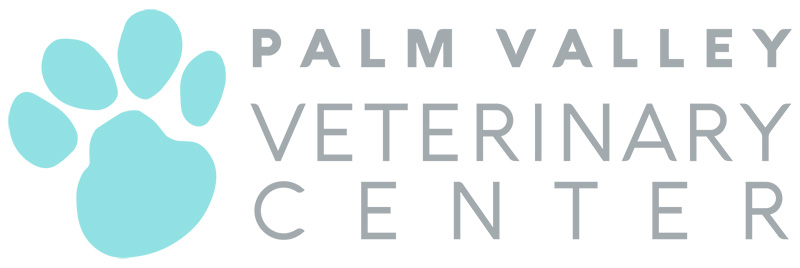
We are a full-service veterinary care facility that combines the best possible patient care with the best possible experience for pets and the people who love them.
Welcome to Palm Valley Veterinary Center
At Palm Valley Veterinary Center, we extend a warm and heartfelt welcome to you and your beloved pets.
Here, you will find a team who lives to care for you and your pet.
At Palm Valley Veterinary Center, you will find an environment that is truly state-of-the-art. We provide:
- Hyperbaric chamber to speed healing and treat conditions responsive to intensive, oxygen-rich therapy.
- A surgical suite designed by engineers who create human operatories.
- A natural gas generator, capable of running the entire facility and automatically takes over in case of a power outage/hurricane.
- A dedicated dental room with radiography and other precision tools so dental procedures can be performed with the utmost care and attention to detail.
- A spacious, comfortable boarding area with a large, covered outside play yard. Our boarding area has its own HVAC system so air is never commingled with other areas of the hospital. This helps to provide the safest and best possible away-from-home experience for your pet.
- And much, much more.
Here, the philosophy is simple: when your pet is family, only the best will do. So we combine the best people with the best approach and the best technology. What awaits is a longer, happier life for the pet you love.
